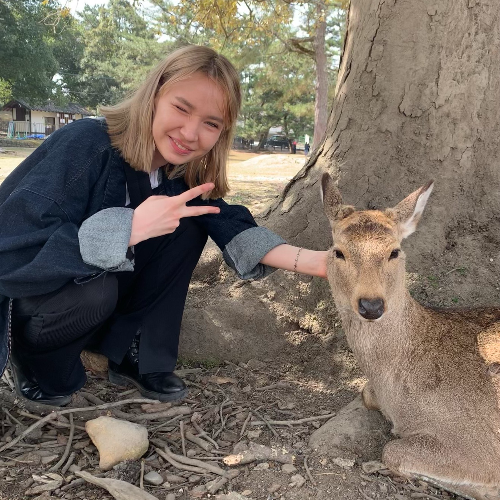Best places in Japan to visit
From icons to hidden treasures




















Discover what makes Japan unforgettable





Japan is where ancient traditions blend seamlessly with modern life. Explore the serene temples and shrines of Kyoto, where you can witness traditional tea ceremonies and marvel at perfectly manicured gardens. Whether you’re strolling through a bamboo forest or witnessing a geisha performance, Japan’s rich culture is alive in every corner.


From the snow-capped peaks of Mount Fuji to the tranquil beauty of rural rice paddies, Japan offers diverse landscapes for every traveler. Hike through the stunning Japanese Alps, relax in hot springs in Hakone, or enjoy the cherry blossoms in full bloom. The country’s natural beauty provides the perfect backdrop for adventure and relaxation.


Japanese cuisine is a feast for the senses. Savor fresh sushi in Tsukiji Market, experience the art of ramen at a local noodle shop, or indulge in an authentic kaiseki meal in Kyoto. Beyond the iconic dishes, the variety and artistry of Japanese food are unrivaled, offering something new and exciting with every meal.


Japan is a global hub for cutting-edge fashion, anime, and tech innovation. Explore the electric streets of Tokyo’s Shibuya district, where futuristic skyscrapers meet quirky fashion boutiques and bustling arcades. Visit Akihabara for an immersive anime experience, or enjoy the high-tech wonders in museums dedicated to robotics and gaming.

Plan with confidence
Meet the experts who make your journey special
See all Japan local experts →


 (1).jpg)


.jpg)

Rough Guides gets rave reviews
Trustpilot Rated 4.7/5.002/10/2023
Thank you for using Travelio in Tokyo to plan and organise our trip to Japan. We were extremely impressed with their professionalism and the detail they provided us to make our trip flawless and uncomplicated. They stayed connected with us throughout our trip via WhatsApp and met us In Shinjuku station when we had a short changeover between trains so that we would not miss the connection. They greeted us on our arrival and farewelled us on our departure. I thoroughly commend especially Yasuko and Toshi for their excellent service. We also felt that the cost of the trip was very reasonable and the quality of accommodation exceptional. Thank you for referring us to them.
From icons to hidden treasures




















Discover Japan's most captivating stories
Arrange your trip, hassle-free, with local travel experts
Arrange your trip with local travel experts